We are a professional supplier of customized weld overlay parts. Our products are used extensively in a variety of industries, including mining machinery, petrochemical equipment, thermal power plants, construction machinery, cement machinery, and metallurgical equipment. We utilize high-quality materials, such as high-chrome welding consumables, tungsten carbide alloys, nickel-based alloys, cobalt-based alloys, and wear-resistant electrodes. Our advanced technology and expertise ensure durability and reliability. Please contact us for further information.
Weld Overlay Parts: Customized Solutions for Diverse Industries
In the fast-changing landscape of industrial manufacturing, weld overlay parts are becoming increasingly important as they significantly enhance the durability and performance of a wide range of equipment. As a leading provider of weld overlay parts processing services, we are committed to offering bespoke solutions that precisely meet the distinct requirements of various industries.
Our weld overlay products are used extensively across a range of sectors, including mining machinery such as crushers and coal cutters, petrochemical equipment such as pipes, thermal power plant boiler pipes and burner nozzles, construction machinery including loader buckets and excavator bucket teeth, cement machinery such as vertical mill rollers and grinding discs, and metallurgical equipment such as iron making blast furnace linings.
We Supply High Quality Weld Overlay Parts for a Variety of Applications
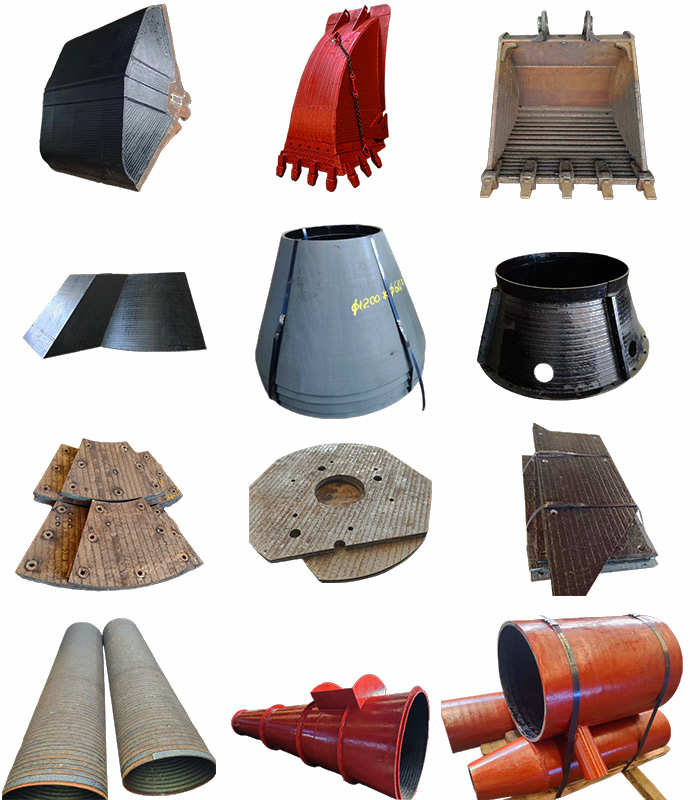
Our Service Advantages
• High-Skilled Manual Welding for Complex Shapes
Our team of highly skilled welders are adept at handling products with complex shapes. With their expertise and precision, we can ensure that even the most intricate parts receive the optimum weld overlay, enhancing their durability and performance.
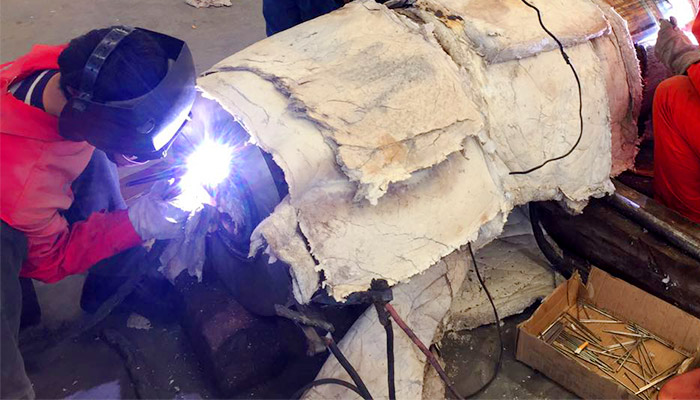
• Automated Welding Technology
We use advanced automated welding technology to improve efficiency and consistency. This technology allows us to produce high quality weld overlay parts in large quantities while maintaining strict quality control.
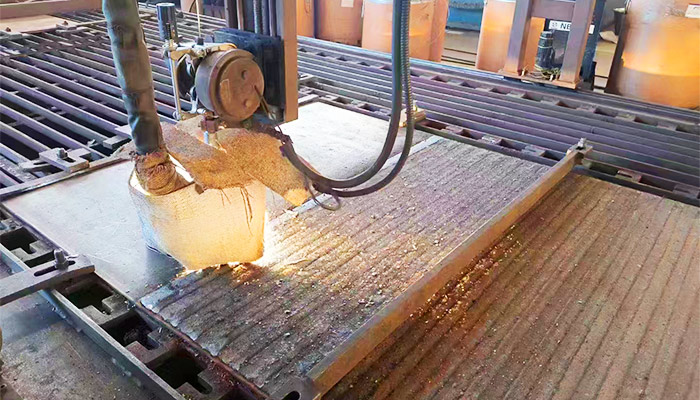
• Professional Processing Capability for Base Metals
We have extensive experience in the preparation of base metals for weld overlay. Our advanced machining and preparation techniques ensure that the base metal is properly prepared for welding, resulting in a stronger bond and better overall performance.
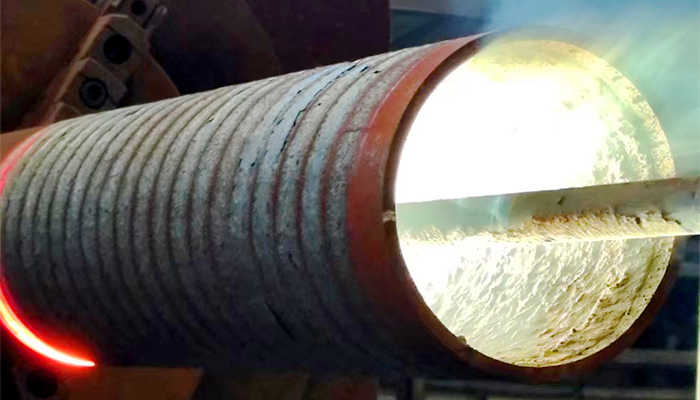
• High-Standards Quality Control and Inspection
Our commitment to quality is unwavering. We employ stringent quality control and inspection measures throughout the production process to ensure that every weld overlay part meets the highest standards. From material selection to final inspection, we leave no stone unturned to ensure the quality and reliability of our products.
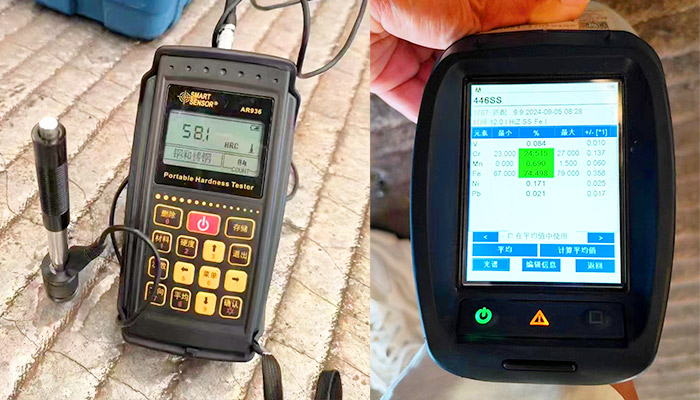
Weld Overlay Materials
We utilize a range of premium overlay materials, each with distinctive properties and benefits.
• High Chromium Weld Materials
These materials contain a significant amount of chromium (typically ranging from 26% to 30%), offering extremely high hardness and outstanding wear resistance. These materials are capable of exceeding HRC58 hardness, making them ideal for applications in equipment that is subject to severe abrasive wear.
• Tungsten Carbide Alloys
Tungsten carbide is an ultra-hard material with an astonishingly high hardness, reaching above HRC70. It exhibits exceptional wear resistance and anti-abrasion properties, making it an ideal choice for components that are subject to intense wear and tear.
• Nickel-Based Alloys
With excellent corrosion resistance, oxidation resistance, high-temperature strength, and toughness, nickel-based alloys are highly reliable in a variety of challenging environments. The hardness of the weld overlay layer is relatively high, and its properties can be adjusted within a broad range depending on the alloy composition, offering customers a high degree of flexibility.
• Cobalt-Based Alloys
Cobalt-based alloys offer excellent heat resistance, wear resistance and corrosion resistance. These materials are capable of maintaining high hardness even at high temperatures. The weld overlay layer structure typically comprises a cobalt solid solution and hard carbide phases, providing exceptional resistance to high-temperature wear, corrosion wear, and thermal fatigue.
• Wear-Resistant Electrodes
Wear-resistant electrodes are composed of various alloy powders and binders and are used for weld overlay through shielded metal arc welding. They offer the advantages of a simple welding process, low cost, and strong adaptability. Different types of wear-resistant electrodes can be selected according to different working conditions.
We Work Closely With You, Selecting the Right Weld Overlay Material
The choice of weld overlay material is a crucial decision that depends on several factors.
1.In Light of the Working Environment
• Wear Types
Material Wear:If the wear of the equipment mainly comes from abrasive wear, such as crusher parts in mining machinery, loader buckets, etc., the surfacing material with high hardness and good wear resistance should be selected. For example, tungsten carbide alloy, high chromium cast iron and other materials with very high hardness, can effectively resist the cutting and impact of abrasive materials, greatly improving the wear resistance of the equipment.
Adhesive Wear:In some occasions where adhesive wear exists, materials with good anti-adhesive properties, such as cobalt-based alloys, can be selected. Cobalt-based alloys at high temperatures can still maintain high hardness and strength, and has a good anti-adhesion and anti-scratch properties.
• Corrosion Environment
Acid Corrosion: In acidic environments, choose materials that are resistant to acid corrosion, such as stainless steel materials like 316L and 304, or nickel-based alloys that perform exceptionally well in strong acidic conditions.
Alkaline Corrosion: For alkaline corrosion environments, consider materials such as nickel-chromium alloys that can form a stable oxide film and resist corrosion.
High Temperature Corrosion: For high temperature corrosive environments, such as blast furnace linings in metallurgical plants and boiler tubes in power plants, select materials resistant to high temperature corrosion, such as alloys containing chromium and molybdenum.
• Working Temperature
Low Temperature Environment: For equipment operating in low-temperature environments, select weld overlay materials with good low-temperature toughness, such as some low-alloy steels.
High Temperature Environment: For equipment operating at high temperatures, such as power plant boilers, select high-temperature resistant materials such as cobalt-based and nickel-based alloys.
2.Considering Base Metal Characteristics
Base Metal Material: Different base metals have different chemical compositions, physical and mechanical properties. Therefore, it's important to select weld overlay materials that match the base metal. For example, for low carbon steel base metal, ordinary low alloy steel weld overlay materials can be used. For stainless steel base metals, stainless steel weld overlay materials of similar composition should be selected to ensure good adhesion and corrosion resistance.
Base Metal Shape and Size: For base metals with complex shapes and small sizes, choose materials with good flow and ease of welding, such as flux cored wires. For large equipment welding, consider materials with high welding efficiency and low cost, such as solid wires or electrodes.
3.Considering Weld Overlay Process Requirements
Welding Method: Different welding methods have specific requirements for weld overlay materials. For example, manual arc welding is suitable for a variety of materials but has low efficiency. Gas-shielded welding offers high efficiency and good quality, but requires specific wires. Submerged arc welding requires fluxes and wires with good deposition and slag removal.
Weld Overlay Thickness: For thick surfacing, select materials with good multi-layer welding performance. For thin surfacing, select materials with high hardness and excellent wear resistance.
Machining Performance after Welding: If machining is required after welding, consider the machining performance of the weld overlay layer. Materials with lower hardness and better toughness are easier to machine.
Selecting CAFU Will Help You Reduce the Overall Cost of Ownership for Your Weld Overlay Parts.
Our company is dedicated to providing high-quality weld overlay parts processing services. With our extensive range of weld overlay materials, expertise in material selection, and unique service advantages, we are confident in meeting the diverse needs of our customers. Please contact us for further details and let us assist you in enhancing the performance and longevity of your equipment.